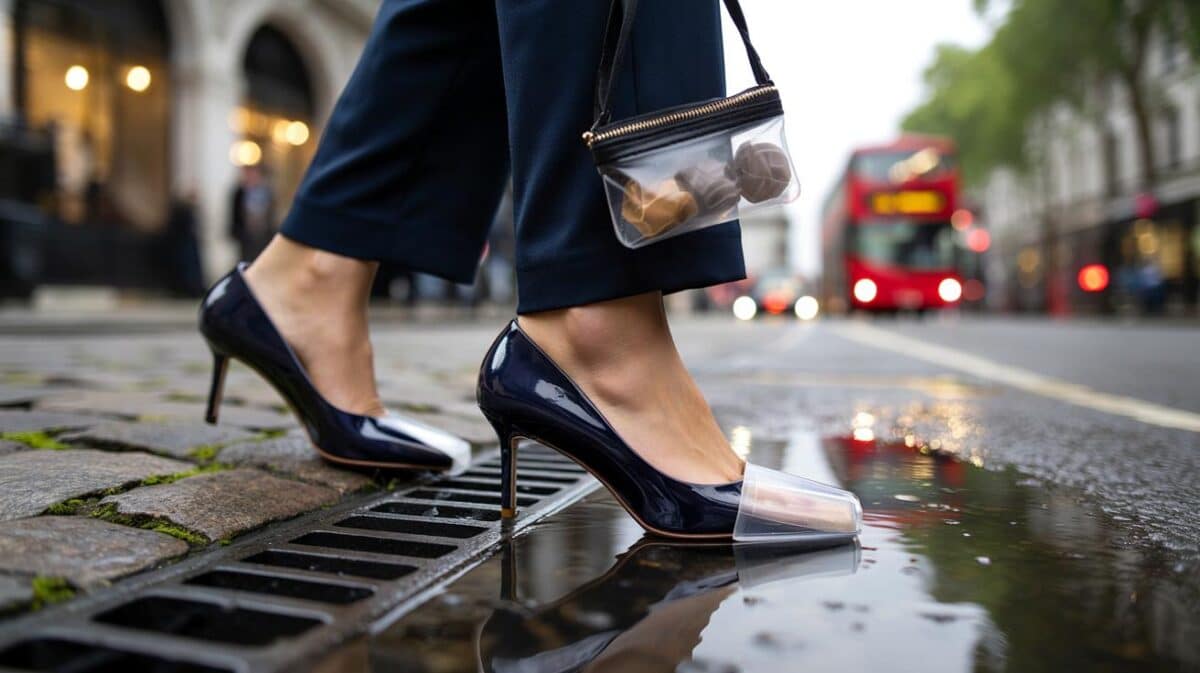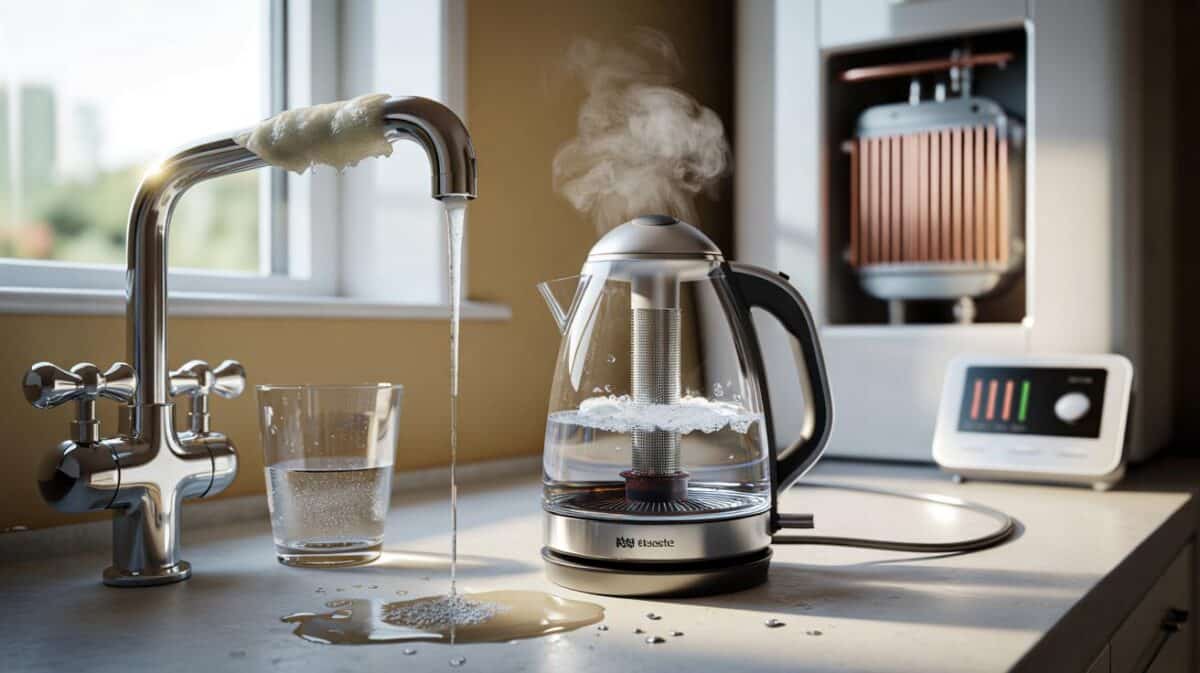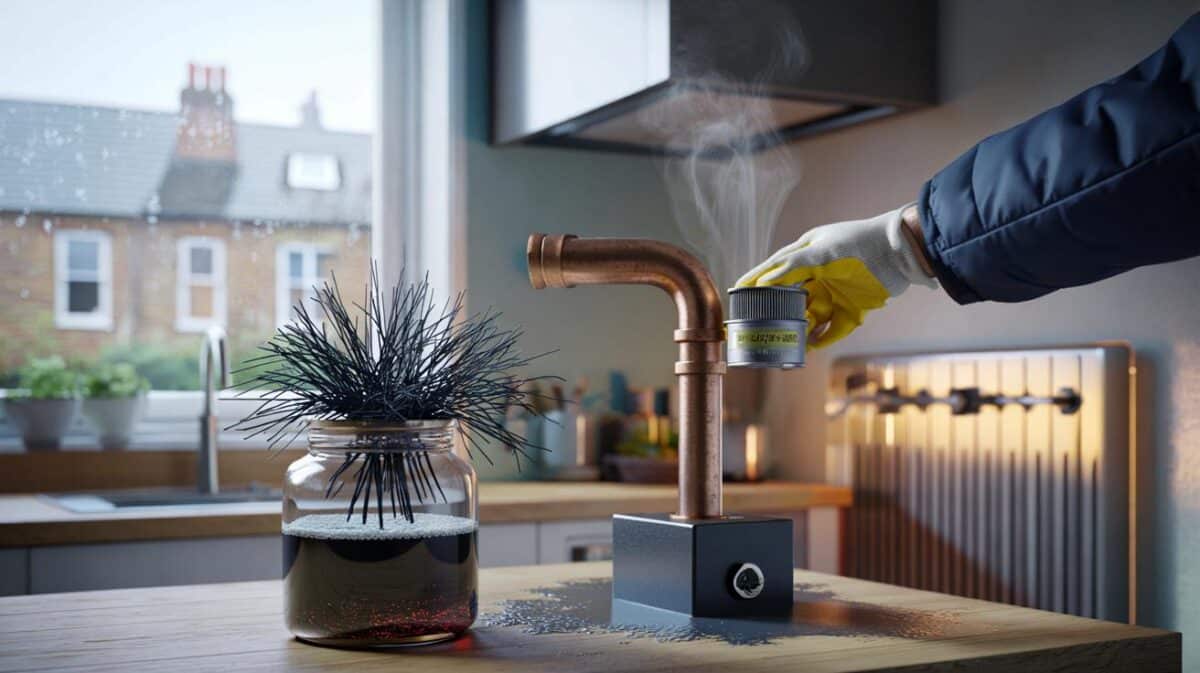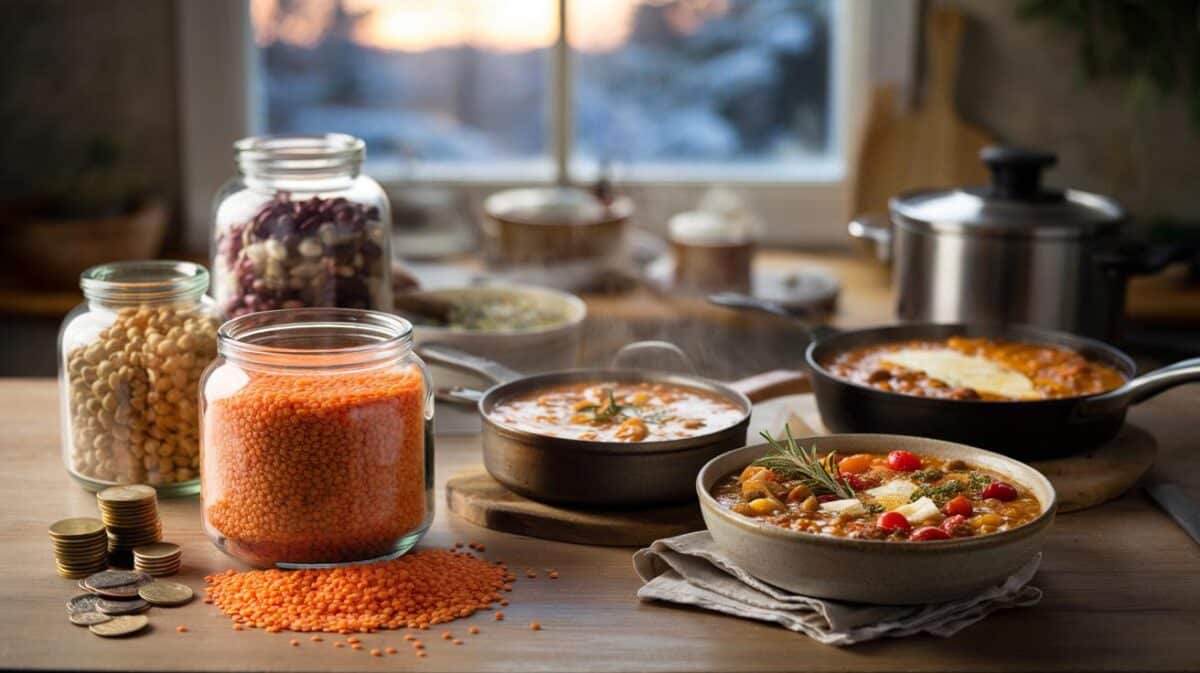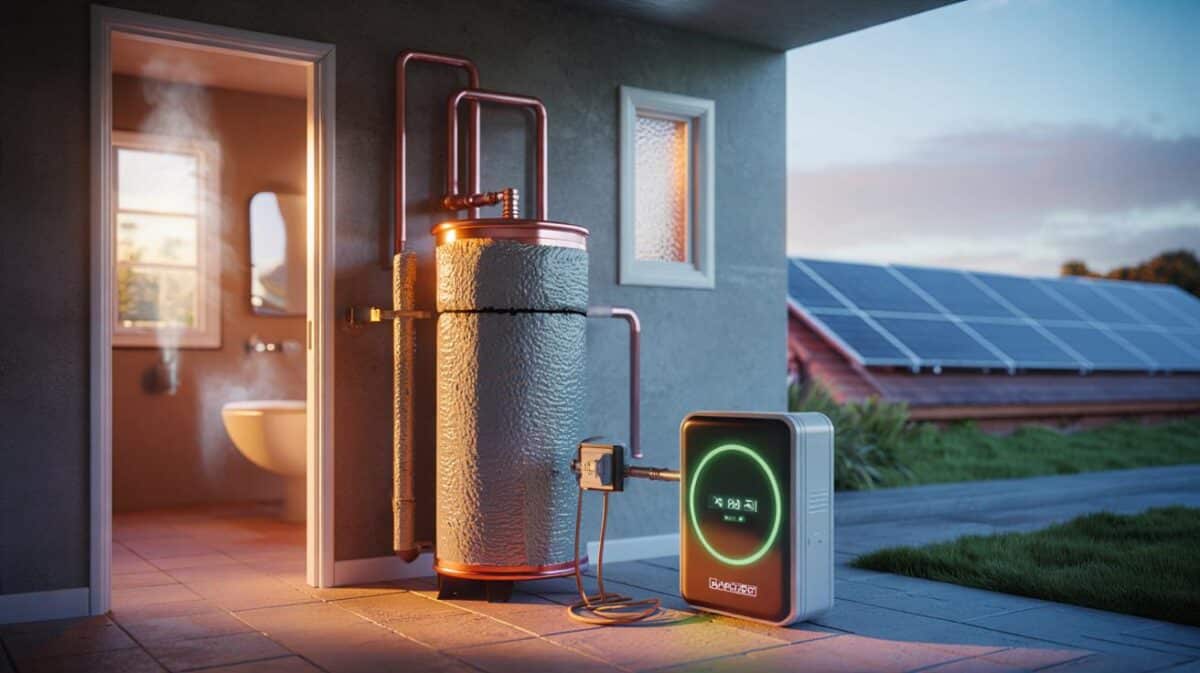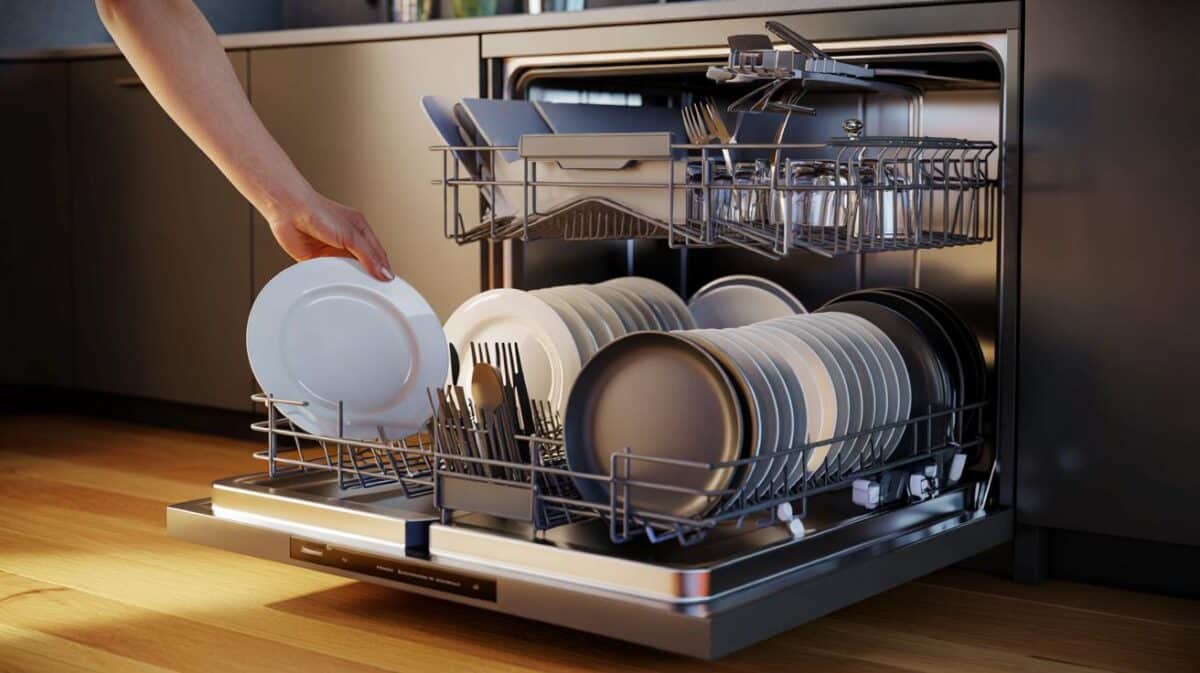The rest steams away as time, money, and energy. It feels trivial—just water in a jug with a switch—yet it’s a small daily leak that adds up across a street, a town, a country. The fix is simple. The impact isn’t.
The kettle clicks into life while the house blinks awake. You reach for the mug, glance at the clock, and tip the tap until the water floods past the MAX line. Steam threads up the kitchen window. Somewhere in there is your single tea, swimming in half a litre you don’t need. The radio hums with grim headlines; the dog scratches at the back door; the boil takes its time. You think you’ll be quick. You never are.
The quiet cost of that extra inch of water
Overfilling isn’t just a quirk; it’s a tax on your morning. A typical UK kettle is 3 kW. Heating 1 litre of water from cold to boiling takes roughly 0.09 kWh—about 2.5 to 3 p at today’s prices. Add an unnecessary half-litre and you add around 1 to 1.5 p, plus almost a minute, to every boil. **Multiply that by a couple of brews a day and you’re paying extra for air and impatience.** You don’t feel it in the moment. You feel it in the pattern.
Here’s a picture you can touch: two cups of tea a day, overfilled by 500 ml each time. That’s roughly 0.09 kWh wasted daily—about 33 kWh a year. At 28 p/kWh, it’s close to £9. And that’s just one kettle in one kitchen. Pair that with the grid’s average emissions—around 0.2 kg CO₂ per kWh—and you’ve also blown about 6 to 7 kg of CO₂ for nothing. It’s the kind of number that’s both tiny and annoying. Pocket-change waste, on repeat.
The physics is simple, and it works every time. The more mass of water you ask the element to heat, the more energy and time you spend bringing it to temperature. There’s a taste angle too: reboiling leftover water strips dissolved oxygen and exaggerates limescale, leaving tea tasting a bit flat and chalky. Overfilled kettles also spit, slop and scale faster. They sound harmless. They act like little drip feeds of hassle.
How to boil just what you need
Start with a mug-to-kettle habit. Fill your mug with cold water, then tip that into the kettle. If you’re making two drinks, do the same twice. You get precise volumes without eyeballing those foggy window lines. Some kettles offer a “1-cup” quick-boil feature; use it, or fake it by learning your kettle’s sweet spot—often 250 to 300 ml. I timed it, and one-cup boils are roughly a minute faster than my old “meh, that looks fine” fill.
Mark the level. A discreet dot of nail polish or a tiny bit of tape on the kettle sight glass turns “rough guess” into muscle memory. If you brew different drinks, note that coffee often prefers 92–96°C, green tea even lower. So you can stop the kettle early or use a variable-temperature model to avoid the full raging boil. Let’s be honest: no one actually does that every day. But when you remember, you get better flavour and less energy burnt into steam.
Re-think the “leave water in” habit. Leftover water invites multiple reboils, more scale, and dull tea. **Pour what you’ll use, not what you might.** If you do end up with extra, let it cool and use it for plants, a pan soak, or the dog’s bowl. Think of it not as being strict, but being calm with the routine you already have.
“A kettle is a tiny power station on your worktop. Feed it only what you’ll drink.”
- Use your mug as a measuring cup before every boil.
- Add a small marker at your one-cup and two-cup levels.
- Descale monthly if you’re in a hard-water area; it speeds heat transfer.
- Stop the boil a touch early for green tea and pour immediately.
A small habit with big ripples
We’ve all had that moment when the kettle screams, you’re late, and you wish time would pour faster. The point isn’t to become a monk of boiling water; it’s to remove the drag from the edges of your day. **One-cup boils mean shorter waits, brighter tea, less scale, and a bill that nudges the right way.** In thousands of homes, this small trim becomes a measurable shrug off the grid. Share it with housemates. Try it for a week. See how quickly your hands learn the level without looking.
| Point clé | Détail | Intérêt pour le lecteur |
|---|---|---|
| Boil only what you need | Mug-to-kettle measuring equals precise volumes | Faster brews and lower energy costs |
| Mind the taste | Avoid reboiling; oxygen loss flattens flavour | Tea and coffee taste cleaner and brighter |
| Keep the kettle efficient | Regular descaling and volume markers | Quicker boils, less limescale, longer kettle life |
FAQ :
- How much water should I put in for one mug?Most mugs are 250–300 ml. Fill your mug with cold water, pour that into the kettle, and you’re spot on.
- Is reboiling water bad for tea?It can be. Reboiling reduces dissolved oxygen and accentuates limescale, which makes tea taste flat and slightly chalky.
- Does descaling really save energy?Yes. Scale insulates the element, so heat transfers less efficiently. A quick monthly descale in hard-water areas speeds the boil and helps flavour.
- Is it cheaper to boil on the hob?Usually no. Electric kettles heat water directly and efficiently. Boiling a pan on a gas or electric hob often loses more heat to the air.
- What about smart kettles or variable temperature?Handy if you drink green tea or pour-over coffee. Stopping at 80–96°C avoids overheating, saves energy, and improves taste.


